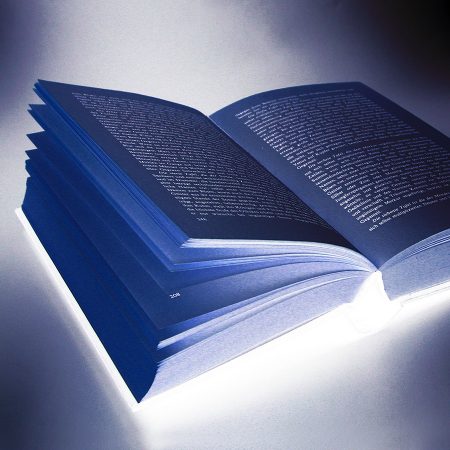The full moon at daytime

One obviously has the night sky before one’s eyes when thinking of the full moon. In reality, however, the event »full moon« has nothing to do with the fact whether it is night or day for us. The full moon occurs when Sun – Earth – Moon form a line in space and exactly in this order. The Earth lies in fact between the Sun and the Moon. Depending on what time this happens, it is night on the hemisphere that is turned away from the Sun and you can see the Moon in the sky. But on the hemisphere that is turned towards the sun it is daytime at this point and the full moon cannot be seen, because when observed from this position it is actually behind the Earth.
To illustrate this again: let’s imagine the constellation of celestial bodies, just as described above, and let’s put a person on the day-side of the hemisphere (»day person«) and one person on the night-side (»night person«). From the moment it is full moon, being Sun – Earth – Moon in the exact position, the »night person« experiences the night and is able to see the full moon. However, for the »day person« it is daytime and he only sees the Sun.The Moon will only be visible for him again in the next night and will still look like a full moon, by the way.

Therefore, the full moon is an astronomical event and does not depend on which day or night time it is, for the observer from Earth.
This again makes it understandable, why at the time of full moon there are different local times for each time zone. It is a universal event (astronomy also defines a specific time as Universal Time = UT), and at this moment, the clocks of the people in the different time zones on Earth, are displaying various times. However, the full moon takes place at the same moment, in each country and for every person.
So – whether daylight or nighttime, the Moon will always be full and we will always admire the beauty of the cosmos.
